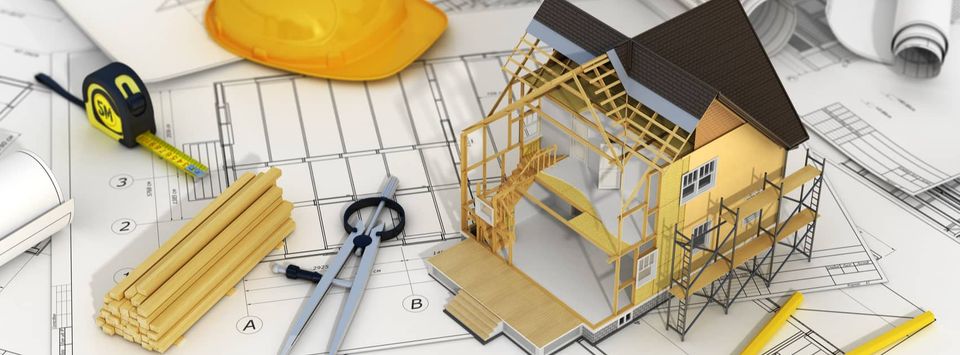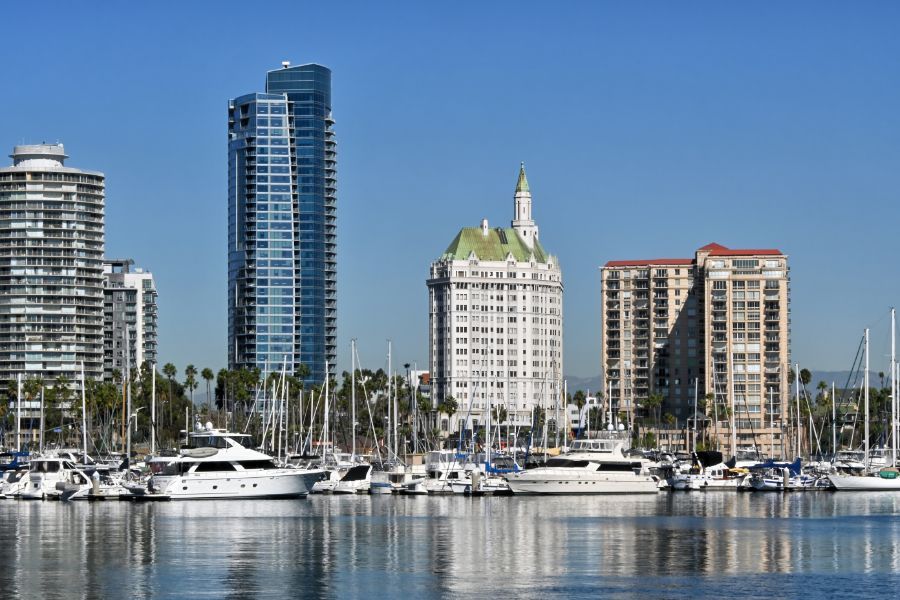Developing an ADU for Your Property
Dustin Edwards • December 4, 2020
Making a Few Key Decisions Can Help You Maximize Your Investment

When you are considering developing an ADU in Long Beach
for your residential property the initial thoughts usually revolve around costs and timing. While these certainly are practical questions you will need to find the answers to, we challenge you to think beyond costs and think even deeper about the impact your ADU could have on your property. Envision how it will meet the needs of your future tenants. Consider a few of the questions below as you develop the plan for your ADU.
What size of ADU?
Initially many people consider adding a smaller unit as that is all that they feel they will need. While a unit that is 500-600 ft may certainly meet your goals for an ADU, take the time to understand your neighborhood and what rent could be possible if you built a larger unit (say 800-1,200 sq ft). The effort that is required from architecture, planning, and even the building investment isn’t exponential when you increase square footage yet the long term rental benefit you could yield can be very different.
Take into consideration the configuration of the unit (studio, 1 bedroom, or even 2 bedroom) to help you determine an optimal size. Consider looking for other available rentals in the area (even if they are apartments) to see what your rent could be.
Relationship to Primary Residence
This is one that you will want to work on with the help of your architect and even your general contractor. Developing a free standing unit on your property is something that is common in neighborhoods such as Bixby Knolls and Belmont Heights but as codes have changed over the years you are granted quite a bit of flexibility in developing your new unit.
A few items to consider when you are looking at the new unit in relationship to the existing primary residence:
- Will the ADU have adequate privacy?
- Will the person(s) renting the ADU be able to access their unit easily? (i.e. private gate, entrance, etc.)
- Will the single family residence and/or the ADU have their own outdoor space? Will they have shared outdoor space?
- Note: Having a shared outdoor space isn’t necessarily a deal killer as it is common for duplexes throughout Long Beach. The key aspect is to identify it ahead of time and ensure you are comfortable with the plan as well as you see that it would be appealing to future renters.
Parking for your ADU
Updates to the building code have allowed the development of ADUs without the requirement of adding parking which is a great win for housing, but in already parking impacted areas (i.e. think Alamitos Beach) this could be a negative point for a renter. When planning your ADU think of the practicalities of parking (maybe you have a longer driveway) and when you are renting your unit(s) define the parking as clearly as possible to keep your tenants happy for years to come.
When it comes to adding an ADU there are many items to consider. To help you understand how an ADU can contribute to your monthly rental income and the long term value of your property we invite you to call us today at (562) 888-0247. Or if you prefer a complete evaluation of your property we invite you to fill out our Free Rental Analysis.





